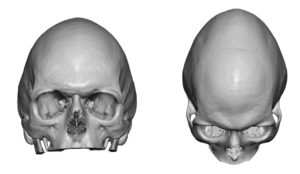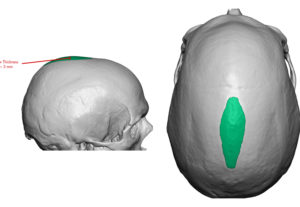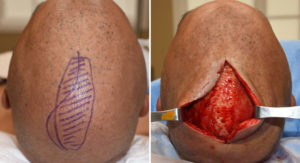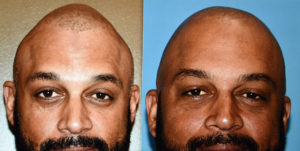Background: There are many different varieties of aesthetic skull shape issues in the adult. While most are from congenital issues related to head molding and are more ‘minor’ in the severity of their expression, some are from variations of true skull pathologies known as crniosynostosis. This is where the sutures that exist between the plates of skull bone during early infancy come together or fuse too early. Such sutural fusions or synostoses create well described head shape abnormalities that are treated in early infancy by bone removal and reshaping. (cranial vault surgery)
But some of these cranial suture abnormalities do not occur completely and do not present with the full blown head shape deformity. Rather they have an incomplete presentation with less severity that was either undiagnosed as a child or was felt to not warrant early aggressive skull reshaping surgery. These are sometimes called microform deformities or, as would be called in urban terms, an odd-looking or unusual head shape.
One of these microform head shapes is that of the adult sagittal crest skull deformity. A variant or incomplete expression of sagittal suture craniosynotosis, it presents as various types of peaked skull shapes. There is a high or raised bony midline front to back (the crest is always higher in the back) and a relative parasagittal or parallel bony deficiency to the sides. This gives the top of the head various degrees or angles to their head shape when viewed from the front.
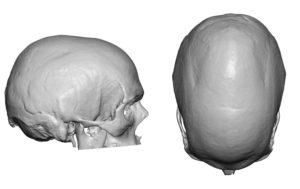
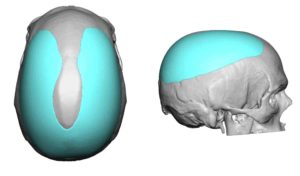
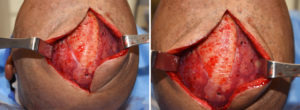
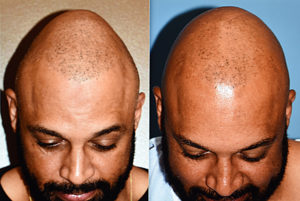
Highlights:
- More severe adult sagittal crest deformities can not be treated by sagittal crest burring reduction alone.
- Parasagittal and occipital augmentation using a custom skull implant is needed to correct the bony deficiencies in the mature sagittal crest skull deformity. (sagittal skull reshaping)
- A midline sagittal incision can be used to for access to sagittal skull deformities.
Dr. Barry Eppley
Indianapolis, Indiana



